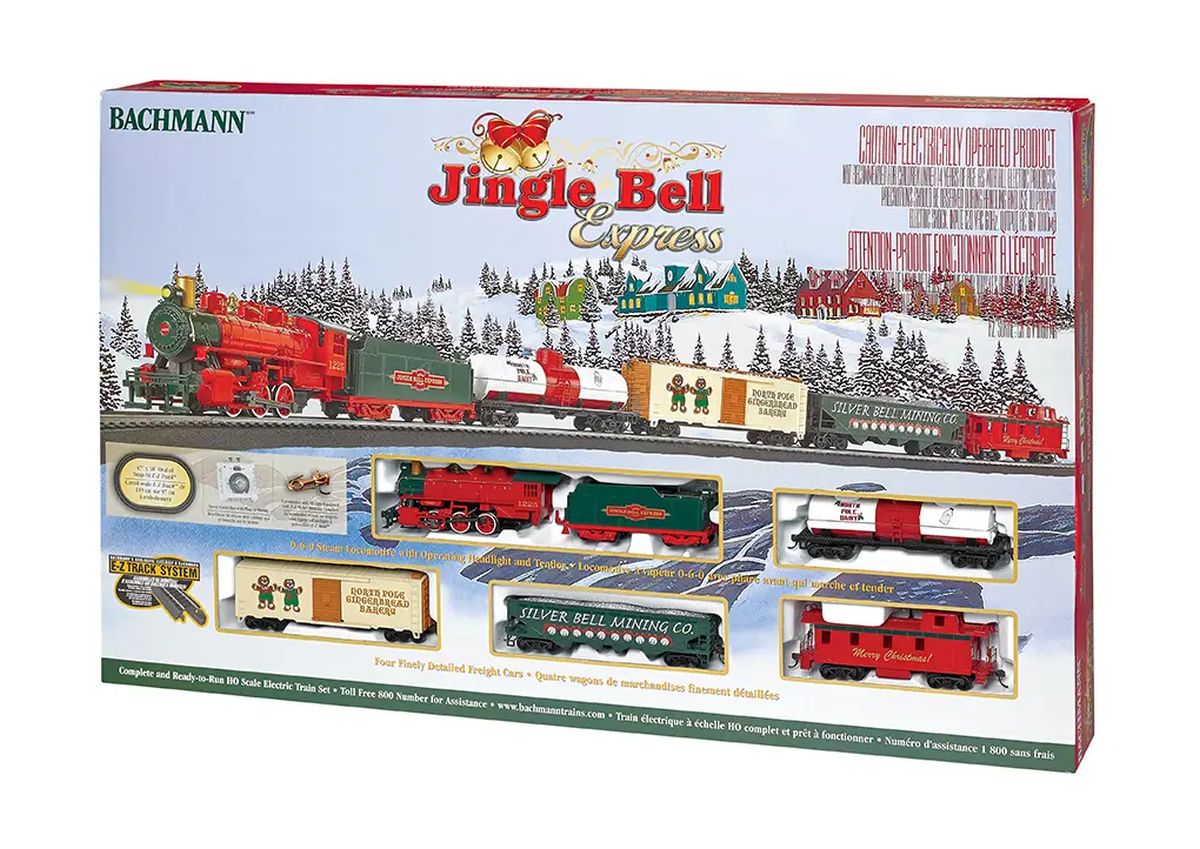
HO NKP Road 2-8-4 S-2 Berkshire #768 Steam Loco/3.0
The Nickel Plate’s 2-8-4 Berkshires belonged to one of steam’s
finest family trees. The first 2-8-4, Lima Locomotive Works A-1,
inaugurated the superpower era in 1925. A four-wheel trailing truck
allowed the A-1 to have a larger firebox and boiler, producing a
combination of power and speed never seen before in a steam locomotive.
Initially tested on the Boston and Albany Railroad, the new wheel
arrangement was dubbed the Berkshire after the mountain range it
conquered on the B&A.
At about the same time, the Van Sweringen brothers of
Cleveland, Ohio assembled a group of railroads under their control,
including the Chesapeake & Ohio, the Nickel Plate Road, the
Pere Marquette, and the Erie Railroad. Under the leadership of talented
designer John Black, an Advisory Mechanical Committee was formed to
design engines for the Van Sweringen roads. The group turned out some
of the finest locomotives of the super power era, and perhaps its
crowning achievement was the “Nickel Plate Berk,” a 2-8-4 introduced in
1934 and called by steam historian Eugene Huddleston “the greatest
2-8-4 ever to take to the rails.” Alco won the bid to construct the
initial 15 S-Class Berks in 1934. But the Pere Marquette’s 1937 order
for near-identical engines went to Lima, which also built subsequent
orders in the 1940s for 65 more Nickel Plate 2-8-4s, classes S-1
through S-3. Delivered in 1949, the final engine in the group, No. 779,
would also prove to be the last Lima-built steamer.
Engineers as well as railfans loved the 700-series Berkshires
for their looks, speed, power, and wonderful sound. As one engineer
recalled, “It was a thrill to operate them.” Intended for fast freight,
they could also take off with an 18-20 car WWII troop train. After the
war, the eighty S-Class steamers played a major role in transforming
the Nickel Plate into a highly efficient railroad known for fast speeds
and high traffic density. Officially known as the New York, Chicago,
and St. Louis, the road offered the shortest route between the Chicago
area and Buffalo, with lots of flat, straight track where the Berks
could just buckle down and run.
Six of the Nickel Plate engines and two Pere Marquette Berks
have survived into preservation. Nickel Plate 765, fresh from a 12-year
restoration by the Fort Wayne [Indiana] Railroad Historical Society,
appeared last summer at Train Festival 2009 alongside sister Pere
Marquette 1225 – the prototype for the locomotive in the movie Polar
Express.
The Van Sweringen Berks re-join the M.T.H. lineup in 2020.
The Nickel Plate version is modeled as built. While these are not the
first HO models of these iconic steamers, we believe they are surely
the best, with superb detailing, die cast construction for great
pulling power, synchronized puffing smoke, steady speeds down to three
scale miles per hour, and great sounds that include the actual bell and
whistle from restored No. 765.
- Intricately Detailed, Die-Cast Boiler and Chassis
- Intricately Detailed, Die-Cast Tender Body
- Authentic Paint Scheme
- Real Tender Coal Load
- Detailed Locomotive Trucks
- Handpainted Engineer and Fireman Figures
- Metal Handrails and Whistle
- RP25 Metal Wheels
- Sprung Drivers
- (2) #158 Scale Kadee Whisker Couplers
- Prototypical Rule 17 Lighting
- Constant Voltage LED Headlight
- Operating LED Marker Lights
- Operating LED Numberboard Lights
- Lighted LED Cab Interior
- Operating Tender LED Back-up Light
- Powerful 5-Pole Precision Flywheel-Equipped Skew-Wound Motor
- Synchronized Puffing ProtoSmoke System
- Quillable Steaming Whistle
- Locomotive Speed Control In Scale MPH Increments
- Wireless Drawbar
- 1:87 Scale Dimensions
- Onboard DCC/DCS Decoder
- Operates On Code 70, 83 and 100 Track
- Proto-Sound 3.0 With The Digital Command System Featuring
Quillable Whistle With Passenger Station Proto-Effects - Unit Measures: 15 3/8″ x 1 1/2″ x 2 1/4″
- Operates On 18″ Radius Curves
Steam DCC Features
- F0 Head/Tail light
- F1 Bell
- F2 Horn
- F3 Start-up/Shut-down
- F4 PFA
- F5 Lights (except head/tail)
- F6 Master Volume
- F7 Quillable Steaming Whistle
- F8 Rear Coupler
- F9 Forward Signal
- F10 Reverse Signal
- F11 Grade Crossing
- F12 Smoke On/Off
- F13 Smoke Volume
- F14 Idle Sequence 3
- F15 Idle Sequence 2
- F16 Idle Sequence 1
- F17 Extended Start-up
- F18 Extended Shut-down
- F19 Labor Chuff
- F20 Drift Chuff
- F21 One Shot Doppler
- F22 Coupler Slack
- F23 Coupler Close
- F24 Single Horn Blast
- F25 Engine Sounds
- F26 Brake Sounds
- F27 Cab Chatter
- F28 Feature Reset
Featured Products
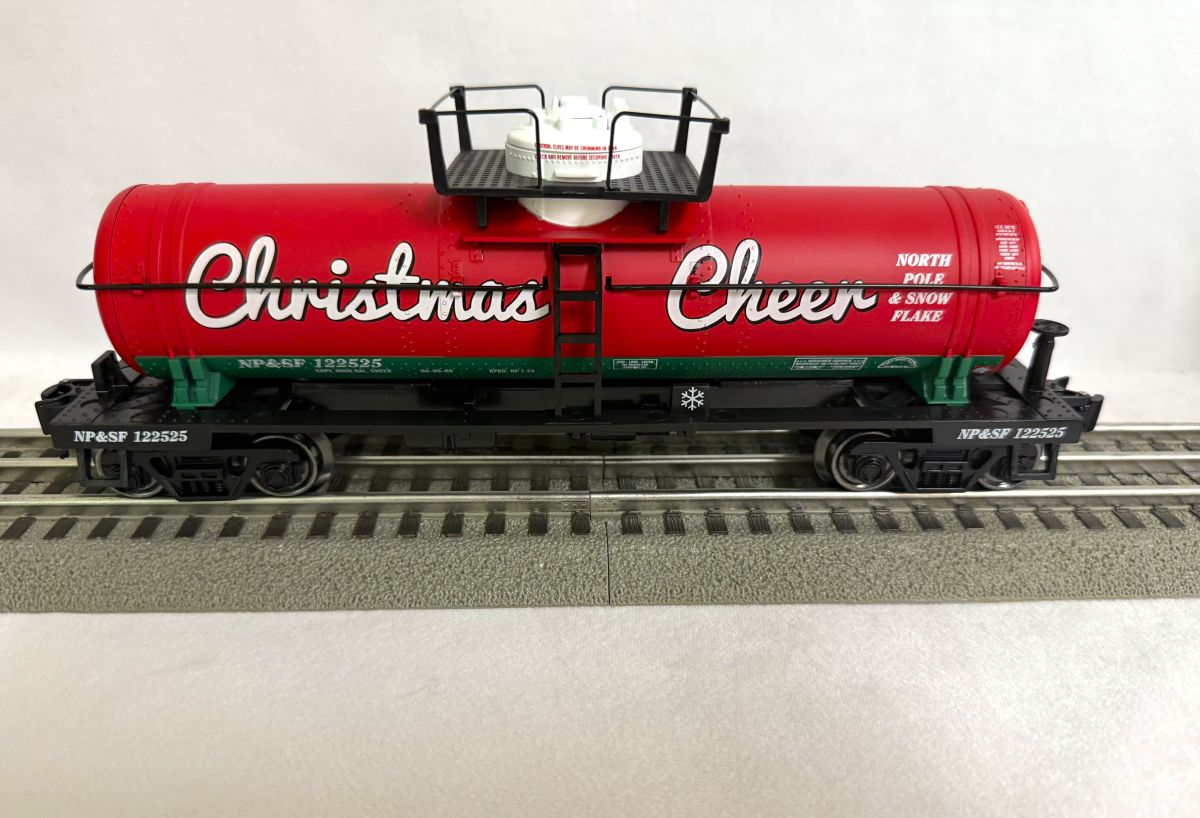
O Tank Car Christmas Cheer
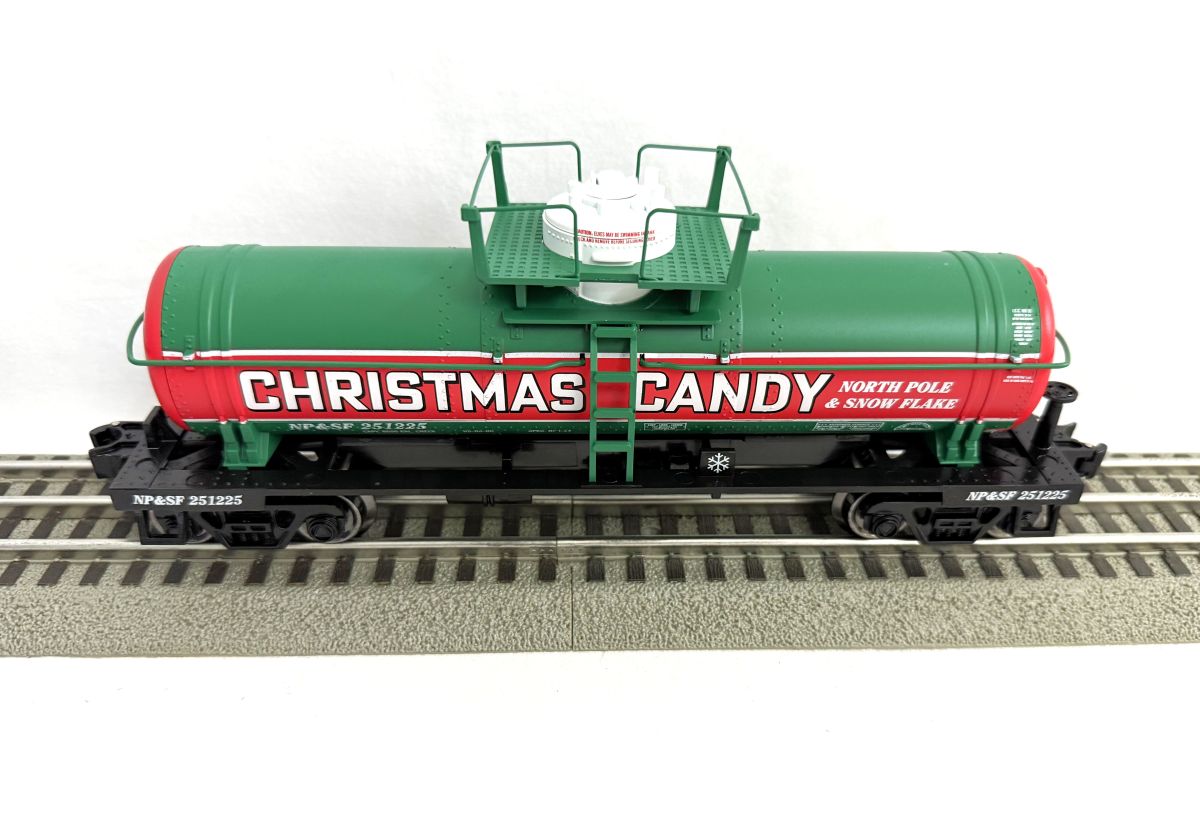
O Tank Car Christmas Candy
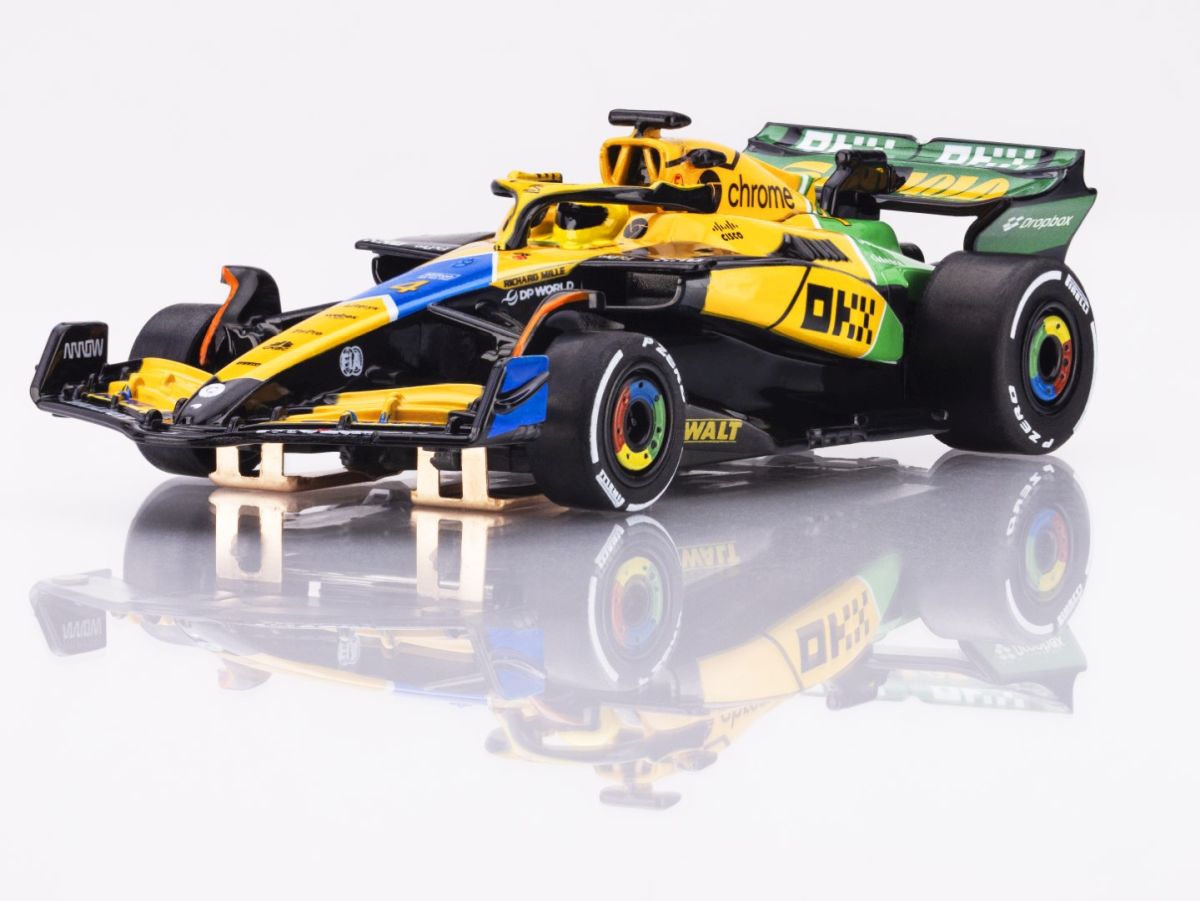
McLaren F1 MCL38 #4 Senna Monaco 2024
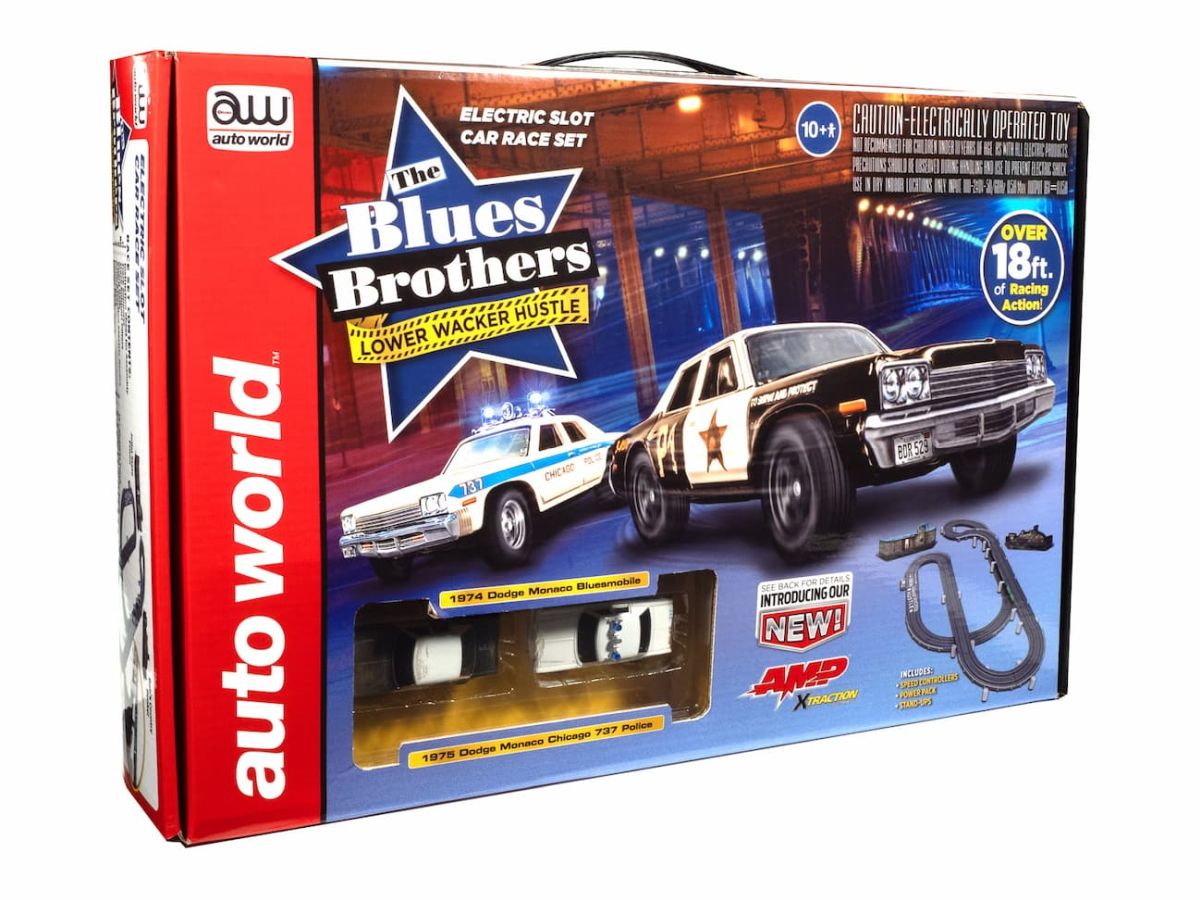
TARIFF 18′ Blues Brothers Lower Wacker Hustle Slot Race Set
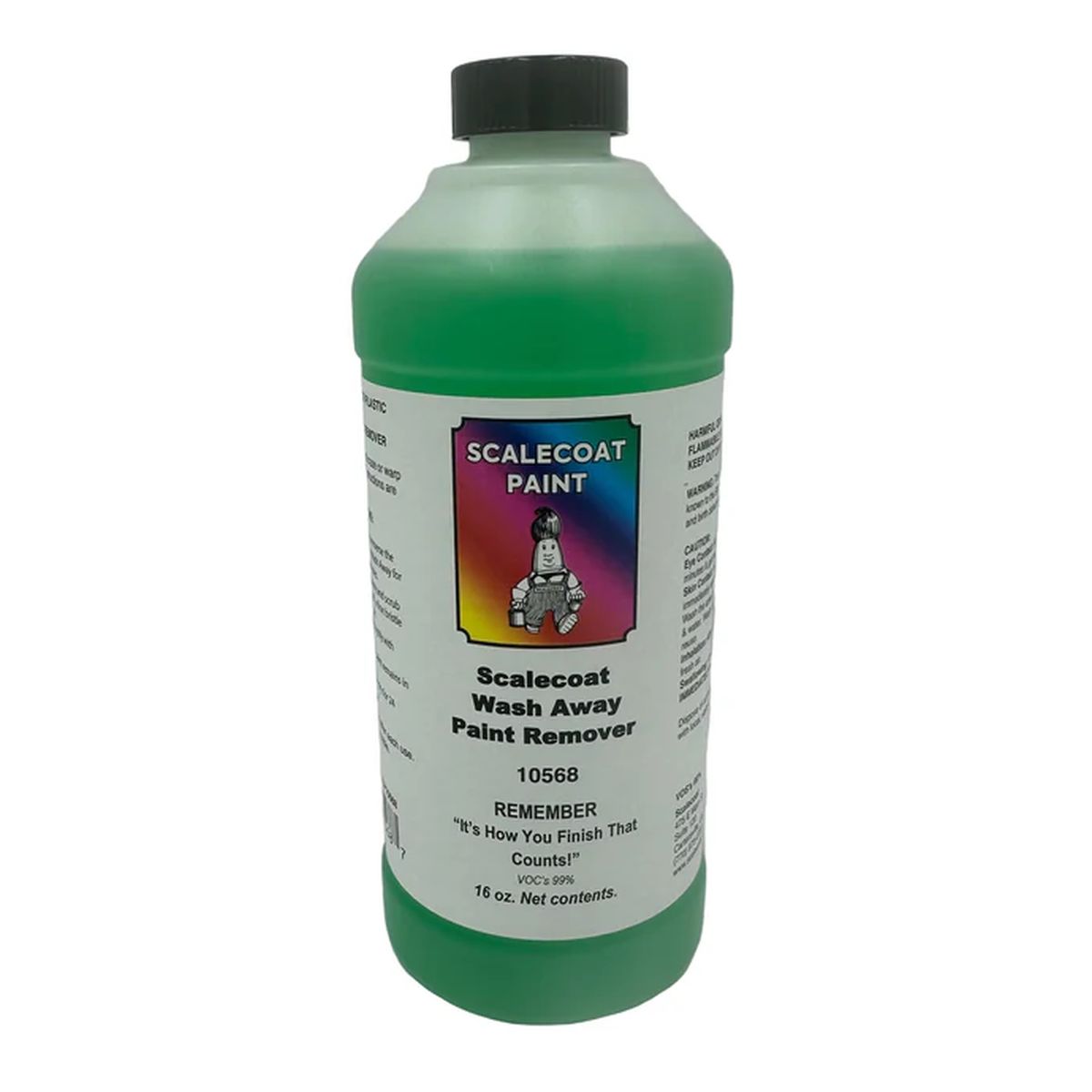
Wash Away Paint Remover
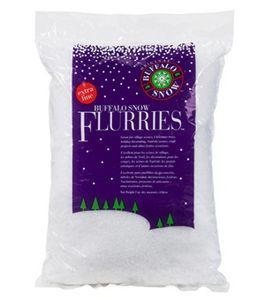
Buffalo Snow Flurries Extra Fine
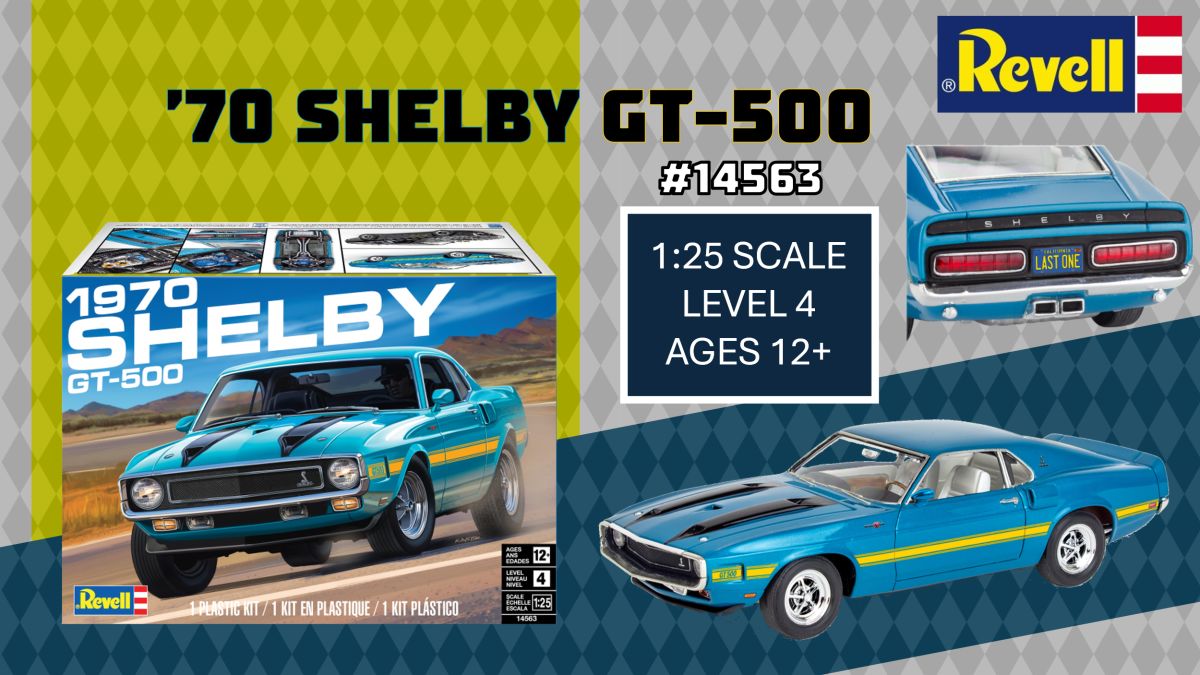
70 Shelby Gt-500 Skill 4
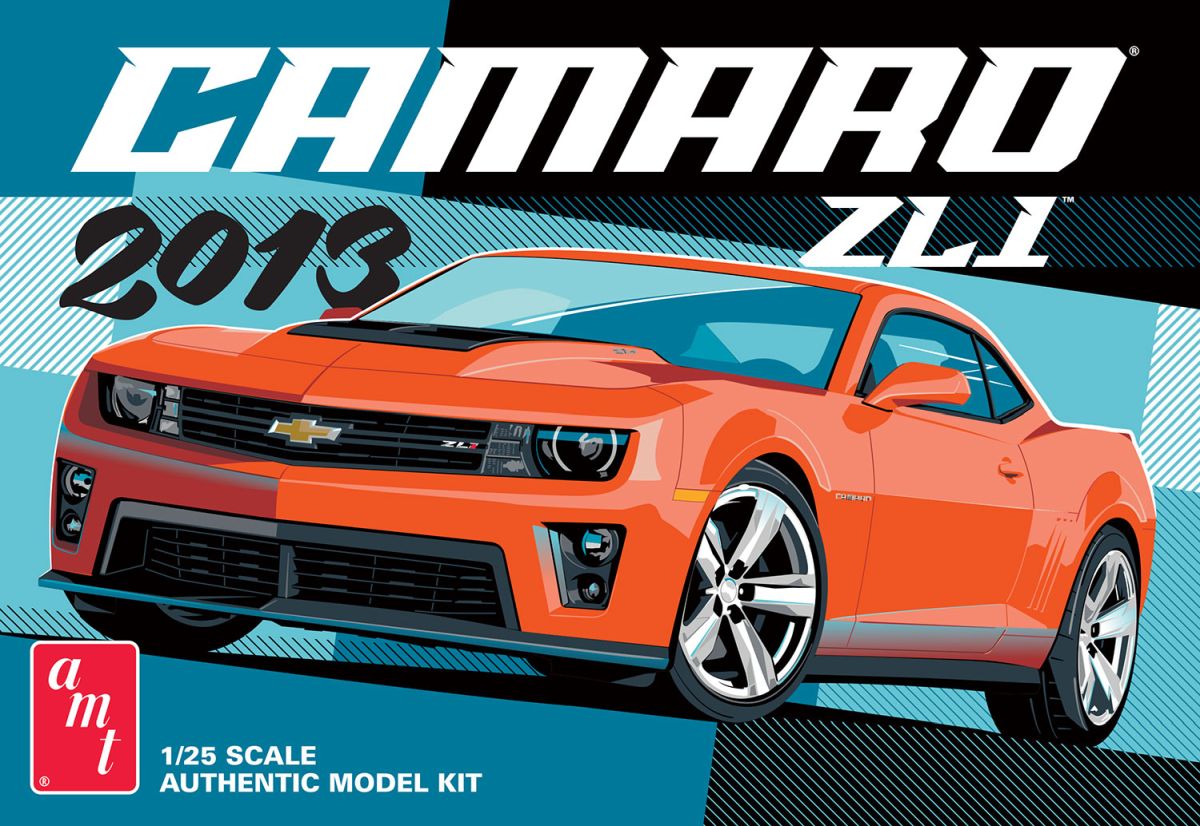
TARIFF 2013 Chevy Camaro ZL1 Skill 2

TARIFF 1969 Hurst Oldsmobile Cutlass Skill 2
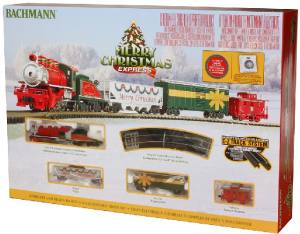
N Merry Christmas Steam Freight Set/0-6-0
